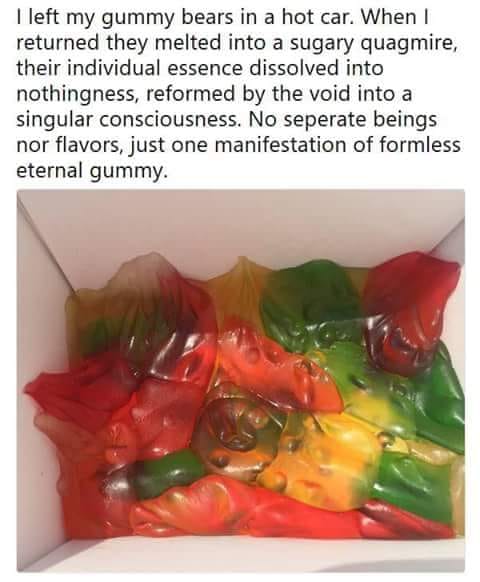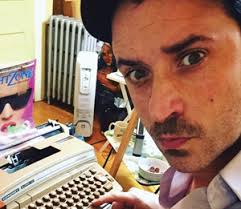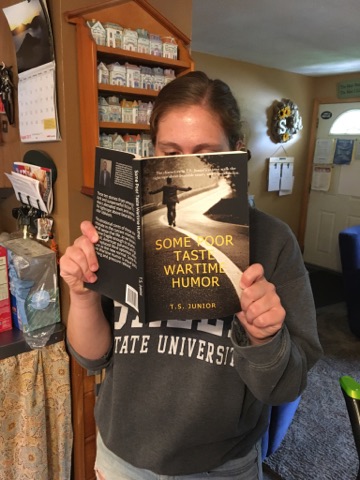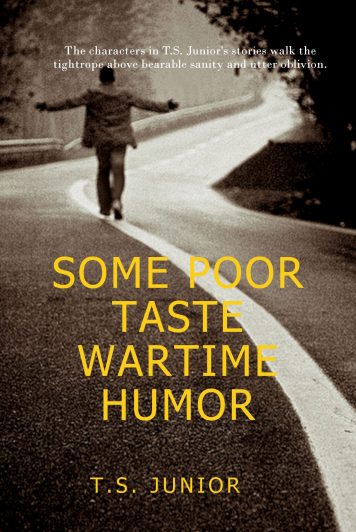For newbies without publication credits, short story writing is all about that first paragraph
You know your short story submission is good enough for the journal’s editor to publish. You used Duotrope or Submission Grinder to find the appropriate publications for your story’s skill level, pay level, genre, word count. You even read some free stories the literary journal offered on their website, and you think your story is a good match.
What the hell happened?
Your first paragraph sucked. And the intern or slush pile reader, eager to please his editor with the next Pushcart or O’Henry Prize winning story, tossed your story back into the void.
The first paragraph of a short story is the first impression on a hot date. When I sucked at picking up girls I shyly said hi and stuck my hands in my pocket; when I got better I hugged them with a huge smile and confident gaze, setting the tone for a successful night. Any honest writer will tell you that getting published is more important than hitting a home run, as the kids say.
Let’s learn how to nail that your short story opening.
Five tips on starting your short story with electric first paragraphs
1. Write your first paragraph last
The most important habit you’ll ever form as a fiction writer is to love the rewriting process. If that’s naturally your jam, God bless you. It took me seven years before I was capable of doing anything useful after a first draft.
The key here is that your story’s opening paragraph is a microcosm of the story. Specifically, it can reveal character, plot, mood, and foreshadow the end. Subtly, of course. In case you’re super anal like me and worry about technicalities, understand that the phrase ‘first paragraph’ can be interchangeable with ‘several short ones.’ (Re)write it or them last.
2. The Zingy Opener that means something
Most amateur short story writers assume that this pointer means to use shock-value or in media res action or dialogue. Wrong. Another rule you’ll hear ad nauseam about this genre is that “every word counts.” This applies to the first line.
I found advice online years ago that said a short story’s opening element–meaning fiction element like character, setting, dialogue–should match what the story mostly consists of. So in a dialogue-heavy mystery, a dialogue opening might work; in a man v. nature tale, a description of the setting might work. My advice is to open with a line that indicates at least who the character is, their state of mind, and some form of conflict.
3. The reader should glean some character insight from the story’s opener
Short story readers of literary or genre fiction read this form for character. Editors especially. The sentences in the opening paragraph should be working their asses off to explain the status quo of the character’s life. His surroundings and situation. And importantly, how he is to be perceived.
That way when the inciting incident comes along and jacks everything up, the reader understands why you’re telling this tale in the first place. Some folks call this the occasion of the story. When the story has climaxed and resolved, they’ll understand how the character has changed. This takes a subtle touch, so I think it’s time I recommend a masterful how-to book on fiction writing called Reading Like a Writer by Francine Prose. You’ll thank me later for that one.
4. set the reader’s expectations of what your short story is and isn’t
The editor should be able to tell a lot about what the next 3 to 8 thousand words will contain by the first paragraph. Apply macro logic first: the genre should be apparent, whether a grizzly detective tells us it’s a crime story; blood-soaked clothing tells us horror; or a taser gun tells us sci-fi; or, for literary magazines, some interior thoughts. Don’t make the mistake of assuming that because you know that you’ve sent your story to (insert genre) literary journal, that the editor doesn’t expect you to follow the genre’s conventions. They’re worried about their readers who have expectations.
And for the love of God, as a newbie, don’t try to be “genre-bending” or something. What you don’t realize is that 99% of the time when people are “transcending” or “redefining” genres, they have a big enough name that editors let them get away with it, or they’re commissioned by the editors to write those stories. If you’re sure your story does this, read what the editors are looking for on the publication’s site, because some experimental literary journals will seek this.
I spent a lot of time discussing genre here. But again, returning to that subtle artistry that makes writers great, it means plot to. Have you heard that phrase about story endings, that “they should be surprising but seem inevitable?” A lot of times the endings of short stories somehow mirror their beginnings.
5. Make the editor/reader give a damn about your character’s story
Editors of literary journals, as down-to-Earth, humble-pie as they may act, have aspirations on the literary side. Frankly, it’s usually a little snobbish. But it’s cool, to each their own. But you need to keep in mind when you’re writing and submitting your stories that these people are grizzled veterans who’ve served decades in short story slush piles and reading prize-winning, best-of collections. They don’t have time for meh. You need to grab them by the throat and make them give a shit.
The technical aspect of this is an enormous part of the short story equation that I swear gets under-taught in workshops: forming an emotional connection before the inciting incident. Any emotion. The reader could hate your protagonist’s guts. But to use a social setting metaphor again, the quiet kid in the corner doesn’t get remembered by folks at the party. That guy or girl you made a bit of extended eye contact with, or the one you wished you exchanged numbers with does.
Short fiction is all about the affect it has on the reader, so from the beginning you have to make them react to the character. Think about it this way: this step is worth the effort because even if the plot is weak or unoriginal, an editor is going to continue on if they have an emotional connection with the character.
I hope I didn’t give you too much false hope about publishing
On the blog that I’ve been following for years, The Write Practice, Joe Bunting explains that getting accepted by literary journals is as rare as getting into Harvard. In fact, top journals have 1% acceptance rates while Harvard accepts 6% of applicants. Further, short story writers will tell you to use the acceptance rate metric on Duotrope to determine the quality of a journal. This means that unless the rate is 1% or lower, it’s “not worth it” to be published there.
I say that to be up front with you about the fact that writing short stories is tough work. There’s no magic template you can use to write a story that’ll get published in The Paris Review, in The Atlantic, in Tin House, or in Ploughshares.
But you know what? People get hit by lightning and win the lottery don’t they? Amid the billions of blog posts in the digisphere you came across this one so I could share twelve years of wisdom with you. It will happen.
But remember, you don’t have a snowball’s chance in hell if your beginning sucks.

 Josh Malerman made a number of technical writing craft decisions in this novel that we can learn from.
Josh Malerman made a number of technical writing craft decisions in this novel that we can learn from.




